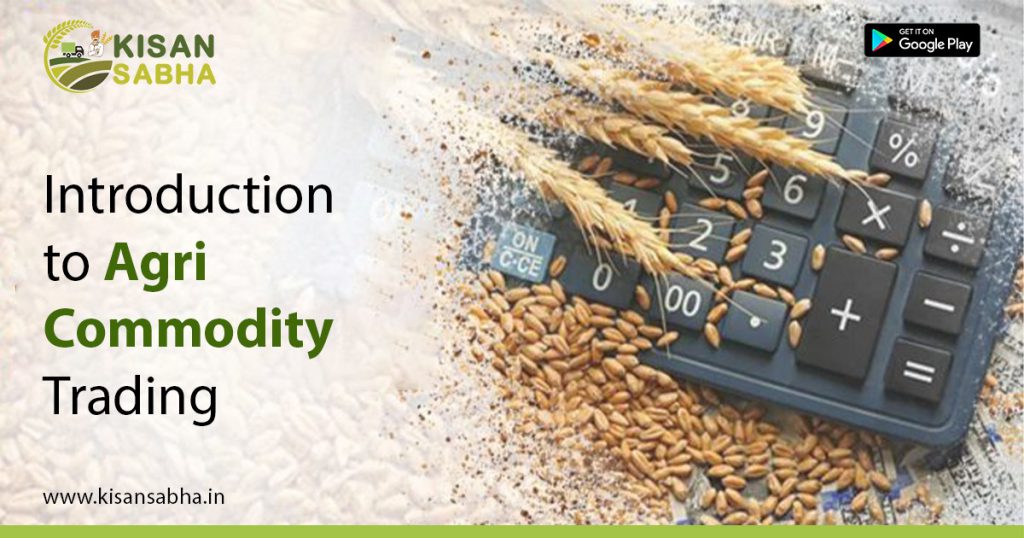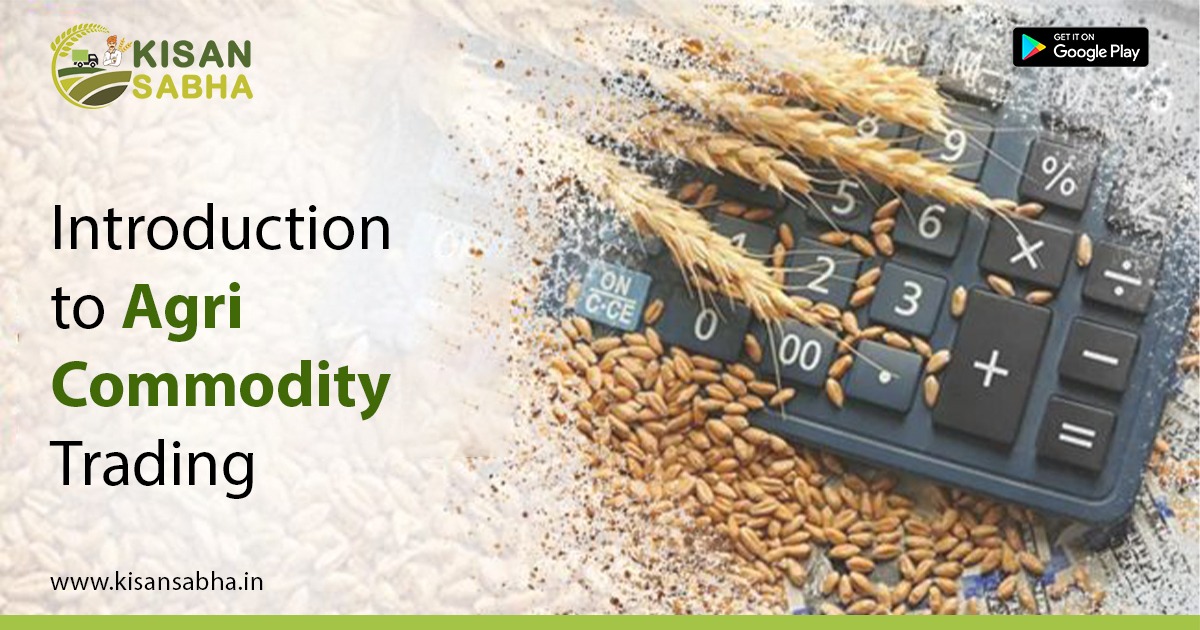Farmers and those working throughout the food supply chain depend heavily on trade for their livelihoods. Additionally, it increases consumer choice and aids in lowering food insecurity all across the world.
Over the past two decades, trade in agro-food items has increased significantly, reaching over 7% in real terms yearly. Agro-food trade is becoming “global,” not merely growing. Global value chains (GVCs), agricultural and food processing value chains stretching over numerous nations that connect the agro-food sectors and other economic sectors from across the world, are where a rising portion of agro-food commerce is taking place.
Trade difficulties brought on by the COVID-19 pandemic occurred all around the world, but the agriculture and food industry proved to be more robust than other areas of the economy. Transparency in market circumstances and legislation helped prevent price increases in staple commodities during the early stages of the epidemic.

Agri commodity market
Approximately 12% of all commodity trading is made up of agro-products. For certain agricultural products, there are no agri commodities markets. There are just six commodity exchanges in India where trade in agricultural goods occurs. Most of these items are cash crops. Spices, grains, legumes, oilseeds, rubber, textiles made of cotton and jute, dried fruits, and other items are some of the goods that are often exchanged.
Understanding agricultural commodity trading:
- A futures contract can be used to begin trading in agricultural commodities. Simply put, this is an agreement to buy or sell a specific amount of a certain agricultural product at fixed rates at a later period.
- Through Exchange Traded Funds (ETFs) and Exchange Traded Notes, one can also take part in the volatility of agricultural commodities (ETNs).
Benefits of agri commodity trading
By serving as a connection between future and spot prices, commodity trading assists in stabilizing the price of agricultural products. Hedging can reduce the risks brought on by extreme price changes because future and spot prices are directly related. Farmers and other producers gain from stable pricing even as seasonal swings in prices are reduced.
Trading agricultural commodities can assist in determining appropriate, market-based pricing for agricultural goods. This is crucial because, occasionally, the Minimum Support Price (MSP) set by the government and the wholesale prices set by farmers need to line up with the current market trends.
Agricultural commodity trading offers portfolio diversification opportunities to both individual and institutional investors. The trading of commodities is now as simple as the trading of traditional equities and securities. One must fulfill the necessary paperwork, and create a Demat Account, and a Trading Account.
Conclusion
Trading in agricultural commodities has the same level of risk as stock trading. Before making market bets, you should be informed of the hazards. The good news is that much knowledge regarding the agri-commodity sector can be found online. Using stop losses or engaging in options trading are two well-known methods for reducing risk. Additionally, setting up an online commodity trading account, which will provide you with a platform to trade in commodities with simplicity, is pretty simple.
Visit www.kisansabha.in for more details.

